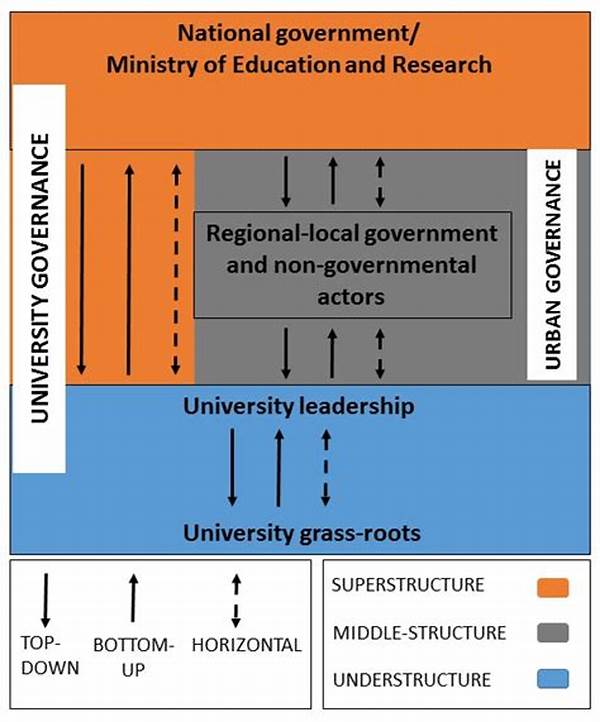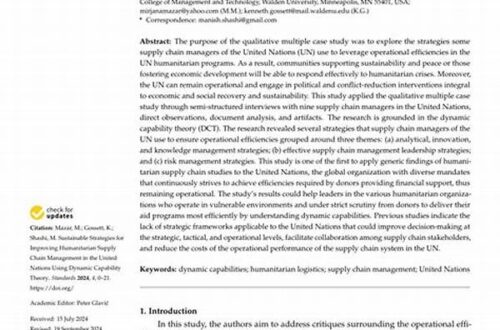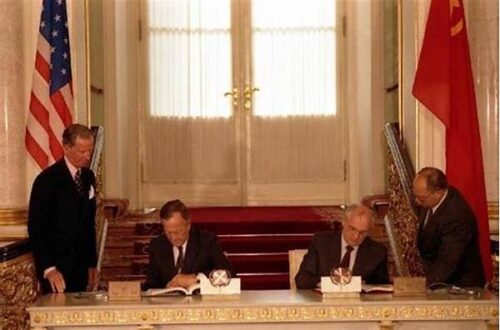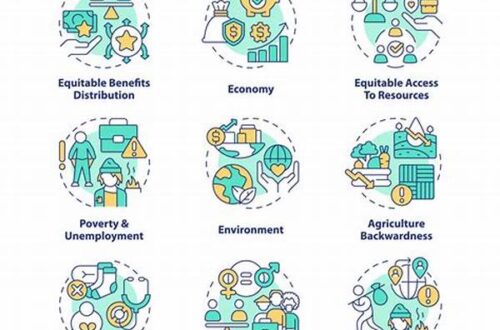In the realm of political science and public administration, the concept of multilevel governance structures has emerged as a critical framework for understanding the complexity of modern governance. This term refers to the overlapping and interwoven layers of authority that exist within various levels of government, from local to national and international entities. The recognition of multilevel governance structures is essential as diverse levels of government interact and collaborate to address a wide array of public policies and issues.
The Complexity of Multilevel Governance Structures
Multilevel governance structures represent the intricate relationships between different governmental tiers, each with its own jurisdiction, yet sharing responsibilities for policy implementation. This cooperative paradigm acknowledges that no single level of government can operate in isolation, especially given the multifaceted challenges of globalization, climate change, and cross-border issues. Within multilevel governance structures, decision-making processes can involve multiple stakeholders, including governmental agencies, non-governmental organizations, and private entities. This interdependence necessitates an efficient coordination mechanism to ensure effective governance and policy delivery. The coordination within multilevel governance structures is often managed through formal agreements and informal networks, promoting transparency and inclusion. As a result, these structures facilitate flexible and adaptive responses to emerging issues, thereby enhancing the overall effectiveness of governance.
Characterizing Features of Multilevel Governance Structures
1. Decentralized Authority: Multilevel governance structures distribute power across various levels, facilitating localized decision-making while maintaining accountability across different tiers.
2. Shared Responsibility: These structures endorse collaboration among different governmental levels, emphasizing that policy success requires joint efforts.
3. Transparency and Participation: Open channels for stakeholder engagement are quintessential to multilevel governance structures, enhancing public trust and participation.
4. Policy Integration: The integration of policies across sectors and levels is a hallmark of multilevel governance structures, ensuring coherent and impactful policy outcomes.
5. Dynamic Adaptability: Multilevel governance structures are designed to be flexible, adapting swiftly to societal and environmental changes.
Historical Evolution of Multilevel Governance Structures
The evolution of multilevel governance structures can be traced back to the necessity of managing complex societal needs. In the European Union, for instance, the integration of member states into a cohesive union represents a quintessential example of multilevel governance structures in action. The EU exemplifies how regional governance can coexist with national policies, creating a framework that addresses both local and supranational interests. Historically, federal systems, such as those in the United States and Germany, have demonstrated the dynamics of multilevel governance structures, balancing power and responsibilities across federal, state, and local governments. By recognizing the importance of subsidiarity, these countries have effectively utilized multilevel governance to address diverse policy challenges and enhance governance efficiency.
Importance of Multilevel Governance Structures in Contemporary Society
The significance of multilevel governance structures in today’s world cannot be overstated. With the advent of globalization and the increasing interconnectedness of global economies, multilevel governance structures provide the necessary framework to tackle cross-border challenges. Issues such as climate change, international trade, and global public health require coordinated responses across multiple jurisdictions. Multilevel governance structures enable such coordination by fostering collaborative networks that transcend traditional governmental boundaries. Additionally, these structures empower local governments to respond to community-specific needs while aligning with broader national and international policy goals, ensuring a harmonized approach to governance.
Challenges and Opportunities in Implementing Multilevel Governance Structures
Despite the advantages, implementing multilevel governance structures presents several challenges. Coordination across various levels of government can be complex, especially in the absence of clear frameworks or communication channels. This complexity can sometimes lead to bureaucratic inefficiencies or policy gridlocks. However, these challenges also present opportunities for innovation in governance. By leveraging technology, governments can enhance information sharing and improve decision-making processes within multilevel governance structures. The use of digital platforms and data analytics can facilitate real-time coordination and collaboration, thus overcoming traditional barriers to effective governance.
Future Prospects for Multilevel Governance Structures
The future of multilevel governance structures looks promising as governments increasingly recognize the need for collaborative policy-making approaches. The continued evolution of these structures will likely involve greater integration of digital tools to enhance governance capacities. Virtual platforms can support stakeholder engagement and ensure that diverse voices are heard in the policy-making process. Moreover, as societal challenges become more sophisticated, multilevel governance structures will need to remain agile, adapting to new realities. This adaptability will ensure that governance remains relevant and responsive, ultimately leading to more effective policy outcomes.
Conclusion
In conclusion, multilevel governance structures constitute a fundamental aspect of modern governance, offering a comprehensive framework for managing complex societal issues. By distributing authority across various governmental levels, these structures promote collaboration, adaptability, and inclusiveness. The integration of such systems not only improves policy coherence but also strengthens public trust by ensuring transparency and participation. As governments navigate the challenges of the 21st century, the role of multilevel governance structures will be pivotal in fostering innovative solutions and fostering sustainable development. Through continued evolution and adaptation, these governance frameworks will undoubtedly contribute to more effective and responsive governance in the years to come.





